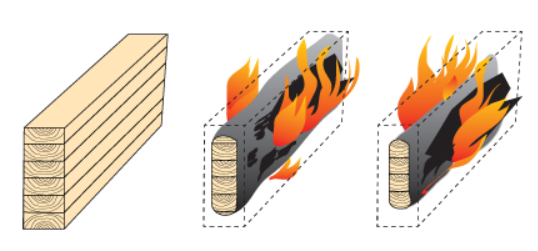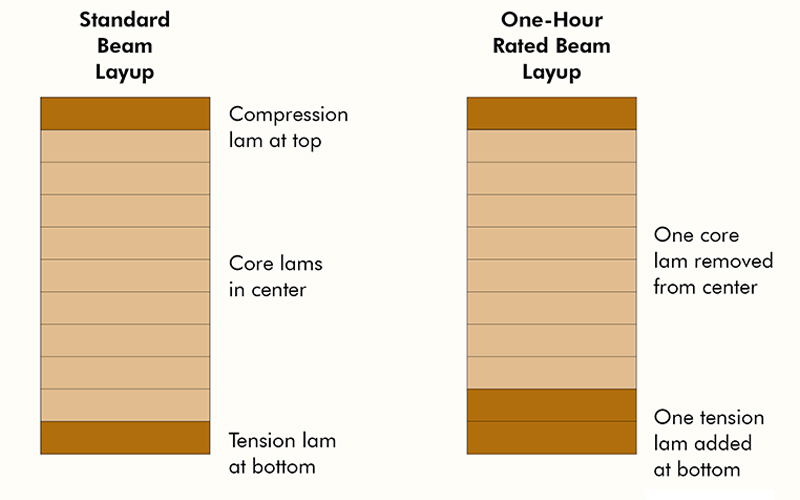Introduction
In recent years, there has been a noticeable shift towards eco-friendly construction materials. One such material that has gained immense popularity is glue-laminated timber, commonly known as glulam. Combining aesthetics, sustainability, and exceptional strength, glulam is widely used in both residential and commercial building projects. However, an important consideration when using any construction material is its fire resistance. In this blog post, we will delve into the fire resistance of glulam and shed light on its ability to withstand fire.
Understanding Glue-Laminated Timber

Glulam is a structural timber product that is manufactured by bonding layers of timber with high-strength adhesive. Its unique composition allows for versatile architectural designs and offers numerous advantages over traditional solid timber, including improved strength, dimensional stability, and enhanced load-bearing capacity. Despite its many benefits, questions often arise regarding glulam’s ability to resist fire, given its organic nature.
Fire Performance of Glue-Laminated Timber
Contrary to popular belief, glulam exhibits commendable fire resistance properties. Thanks to its manufacturing process and the inherent properties of the adhesive used, glulam can maintain its structural integrity for an extended period during a fire incident. This additional time significantly increases the probability of safe evacuation and reduces potential damage.

Glulam retains much of its load-bearing capacity even in a fire. The figure shows a glulam cross-section before a fire (left), after 30 minutes of burning (centre) and after 60 minutes of burning (right) in a four-side fire attack.
Factors Influencing Glulam Fire Resistance
Several factors contribute to glulam’s impressive fire resistance. The thickness of the timber layers, the type and quality of the adhesive, and the presence of protective coatings can all affect its performance during a fire. Additionally, various fire retardant treatments and coatings are available in the market to further enhance glulam’s fire resistance properties. These treatments help delay the onset of combustion, reduce the rate of flame spread, and inhibit the release of toxic gases.
Fire Safety Measures for Glulam
While glulam generally performs well in fire incidents, it is still crucial to incorporate fire safety measures in building design and construction. These include proper fire-rated enclosures, appropriate fire suppression systems, fire-resistant cladding materials, and following local building codes and regulations. Additionally, regular maintenance inspections, including checking for any signs of deterioration or damage, are essential to ensure continued fire resistance and structural integrity.


